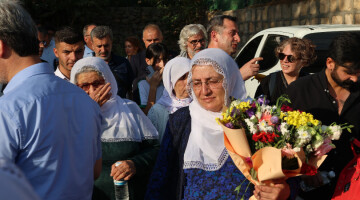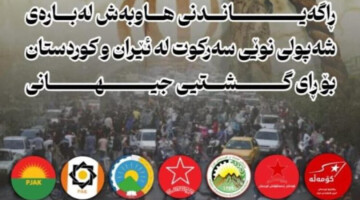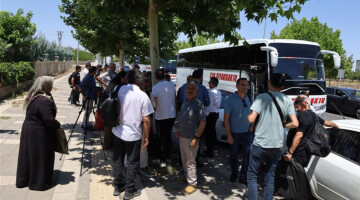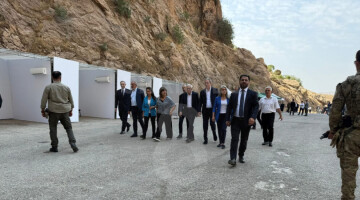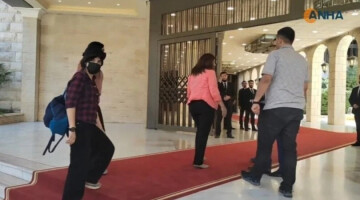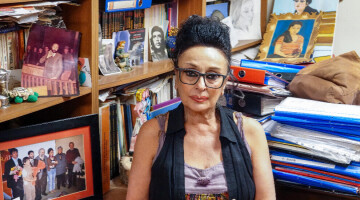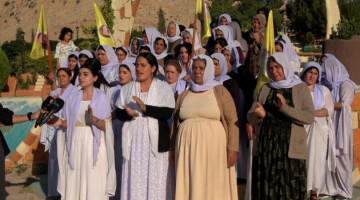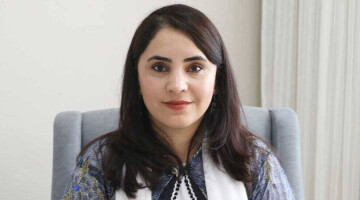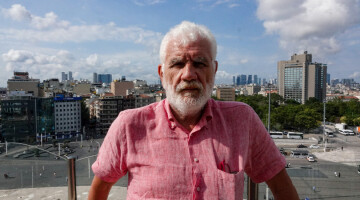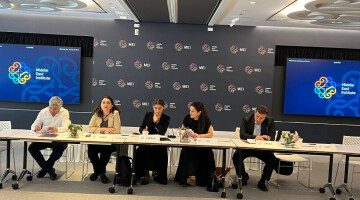On 11 September 2022, the guerrillas managed to document a war crime committed by the Turkish army against its own soldiers in the Şehîd Delîl area in the western Zap region. The guerrilla forces encircled the Turkish invading forces who had tried to advance into the resistance area and inflicted heavy blows on them. The Turkish state was particularly affected by the fact that corpses of several soldiers and their weapons came under the control of the guerrillas, making it almost impossible to cover up their own losses. The bodies could be identified by the guerrillas on the basis of their identity cards. The corpses that remained under the control of the guerrillas were that of Turkish soldier Melih Bozkurt in the Şehîd Şahîn resistance area, those of Naci Kaygısız and Nurettin Tokyürek in the Girê Amêdî resistance area, and that of Mustafa Bazna in the Girê FM resistance area.
The Turkish media and the Turkish state tried to deceive the public by putting up empty coffins for some of the soldiers and denying that the bodies were in the hands of the guerrillas. The death of some others was completely concealed. The Ministry of Defence, ministers and MPs kept saying that the soldiers had succumbed to their injuries in hospital. This was an open lie, as the bodies of the soldiers were in the hands of the guerrillas. The house of cards of lies collapsed when the HPG published the images of the killed soldiers.
To prevent this from happening again, the Turkish army began a particularly inhumane practice in the Girê Cûdî resistance area on 11 September 2022. Since it was unable to remove the bodies of its own soldiers due to the guerrilla resistance, it began to burn them. In this way, the army tried to cover up any hint of their own losses. However, they could not count on the guerrillas meticulously documenting their crimes. The resulting images were like a cinematic summary of the Turkish army's cruelty. Unfortunately, this was not fiction, but reality.
Of course, as usual, the Turkish special war media ignored this bloody, brutal incident and the state denied and covered up this crime. Any admission of its own crimes would mean dishonouring the state. Therefore, the media closed their eyes, ears and conscience and ignored these facts.
Although a year has passed, traces of the crime are still present at the crime scene in the Girê Cûdî resistance area; burnt military clothing, water canisters and some medical supplies. Mobile phones and radios were also burnt by the soldiers and their remains are still visible. Gun scopes, bulletproof vests and bulletproof shields are lying around.
The soldiers must have burned the bodies in a panic, because everything on them was set on fire. After a while, the ammunition exploded on the bodies, scattering its fragments everywhere. Half-burnt, bulletproof protecting plates were thrown out of their steel vests by the explosion. A half-burnt magazine of rigid plastic lies right next to it.
Right next to the half-burnt magazine, a small detail catches the eye. It is a military badge belonging to the brigade or battalion to which the dead soldiers belonged, more than half of which has been burnt.
Magazines and scattered bullets can be seen under the burnt military clothing. Some of them exploded, while some bullets are still intact.
A smoke bomb also catches the eye. It thus turns out that the soldiers used smoke bombs to restrict the visual angle of the guerrillas.
Although exactly one year has passed since the Turkish army burned its soldiers, the destruction, the denial and the silence continue. The traces of this atrocity are still as vivid as on the first day.



